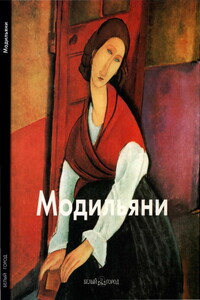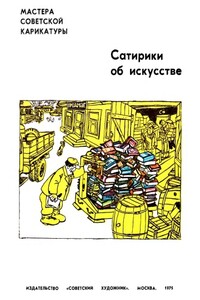Ордена России | страница 5
At the beginning of the 18th century these traditions were revived in Peter the Great's decoration medals.
His transformations entailed changes in the Russian decoration system, too, originating new national orders. 1698 saw the institution of the Order of St. Andrew the First-Called, which at that time was Russia's highest award, and General-Admiral and Field Marshal F. A. Golovin was the first to receive officially the Order No. 1 on March 10, 1699.
Initially, it was intended to award maximum 24 persons, but already in Peter the Great's reign the Order was awarded to 38 heroes and subsequently the number of those decorated became unlimited. The Tsar himself, holding the rank of a bombardier-captain, won the Order only in 1703 for capturing two Swedish warships in the mouth of the Neva River becoming the seventh order-bearer. The first-class Order with the motto "For Faith and Devotion " consisted of an oblique gold cross, a blue ribbon, a star and a gold chain. The cross was worn at the waist on a broad ribbon over the right shoulder and on festive occasions-on the chest round the neck on a chain decorated with multi-coloured enamel. The chain had an alternating links of three kinds-double-headed eagles, ornamented frames with Peter the Great's monogram and St. Andrew crosses. The Order's insignias bestowed with diamond decorations signified the Order's highest class.
Members of the tsar's family, heads of foreign states, high officials, generals and diplomats were among the first to receive the first Russian order. Starting with 1797, those awarded with the Order of St Andrew the First-Called at the same time became the bearers of the minor orders of St. Alexander Nevsky and of St. Anne first class. In the 19th century added to them were the Order of the White Eagle and the Order of St. Stanislaus. Early in the 18th century gold decoration insignias-crowned miniature of Peter the Great's portraits decorated with enamel and diamonds were introduced alongside with the medals and the Order of St. Andrew the First-Called. Attaching paramount importance to this award, Peter the Great himself awarded these panagias to his closest associates and generals who had distinguished themselves on battlefields.
The Russian women's Order of St. Catherine with the motto "For Love and the Motherland" was instituted in 1714. Wife of Peter the Great was the first to receive the Order on a festive occasion of her name-day and until 1726 was the only woman to bear this decoration. In later years the Order was awarded to court ladies for charity work.



